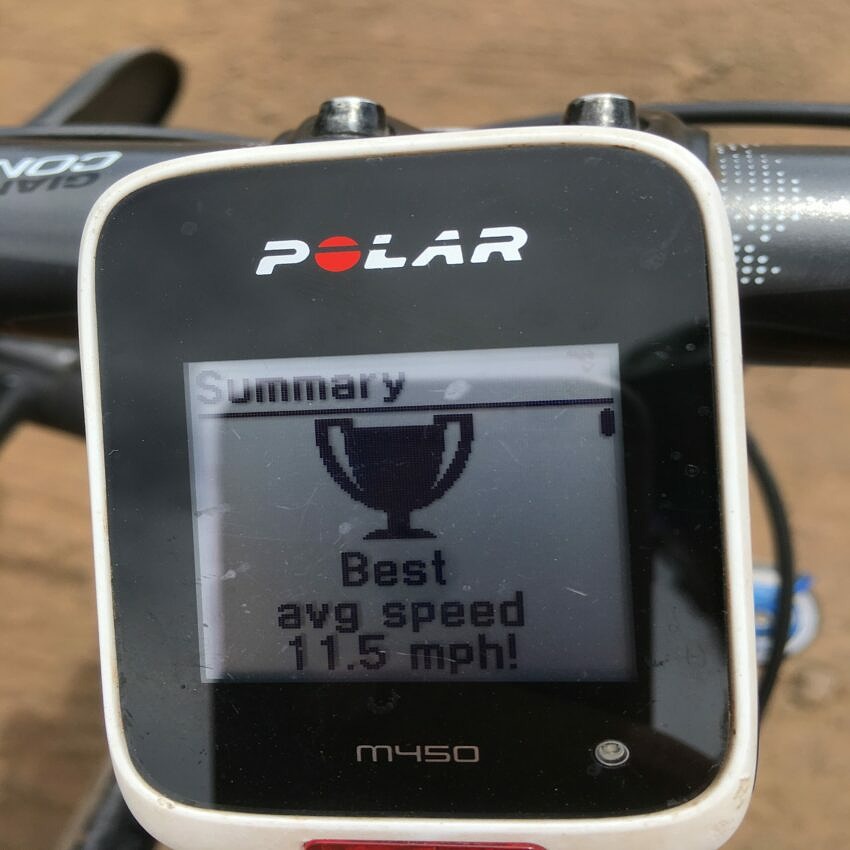Today marks the sixth day after the big 65 mile Flagstaff to Grand Canyon mountain bike ride, and according to my Polar Bike Computer with Heart Rate Monitor my training load over the 65 miles was such that it requires at least eight days of recovery. When I first read that metric, I took it with a grain of salt that I was to rest for eight days, so instead, I stayed off the saddle for the last five days with trips to the gym instead, and just kept up with the gym routine. Today I set out to do my basic training ride of 20 miles, focusing on the top range of my zone two heart rate, a damned if my bike computer wasn’t right about the recovery period.
Usually I can easily do my 20 mile basic training ride while maintaining my heart rate between 140 and 150 bpm and keep a good steady cadence, but today was rough. I had a hard time just keeping my heart rate at 135 bpm, which in most cases is child’s play. I guess it pays to leverage everything the Polar Bike Computer has to offer, because maybe my Polar was right, and I have not fully recovered.
Typically, I use my heart rate monitor and bike computer for instant feedback while training to see if I’m working too hard or not enough, but what I’ve learned is that there is so much more to leverage. Granted that data in of itself is just that….data, but over a period of time that data has the potential of becoming useful information that can be leveraged for more strategic planning. If I paid more attention to the suggested recovery time, or if I knew ahead of time what the recovery time for the specific training load would have been, I may have been a little smarter about my chosen activities during recovery, or maybe make different choices in diet, training and rest leading up to the event that may have curbed the full eight day recovery period. Having data on athletic performance, I’m learning, is a powerful tool that I’m still figuring out, and during times of training to prepare for events, it pays to be more methodical with data to influence training.

